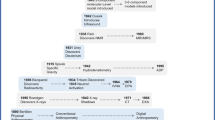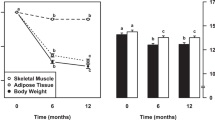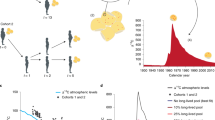Abstract
Body fat and adipose tissue are considered to have beneficial effects when they promote or protect the present and future function. These effects do not occur at absolute amounts or percentages of the body weight but rather they are context specific. Body fat stores are the major energy stores of the body and are important determinants of survival in starvation or undernutrition. Reproduction features highly as a biological function. Humans are alone in having major sex-specific fat stores and patterns of fat distribution and these have been linked with the onset and maintenance of menstruation, with mate selection and sexual signalling, and with favourable pregnancy and lactation outcomes. To survive and reproduce good physical and psychological health are advantageous attributes. Work metabolism, bone health and, possibly immune function and energy balance itself, are related in functionally beneficial ways to fat content and distribution.
This is a preview of subscription content, access via your institution
Access options
Subscribe to this journal
Receive 12 print issues and online access
$259.00 per year
only $21.58 per issue
Buy this article
- Purchase on Springer Link
- Instant access to full article PDF
Prices may be subject to local taxes which are calculated during checkout
Similar content being viewed by others
Author information
Authors and Affiliations
Rights and permissions
About this article
Cite this article
Norgan, N. The beneficial effects of body fat and adipose tissue in humans*. Int J Obes 21, 738–746 (1997). https://doi.org/10.1038/sj.ijo.0800473
Received:
Revised:
Accepted:
Issue Date:
DOI: https://doi.org/10.1038/sj.ijo.0800473
Keywords
This article is cited by
-
Fetoplacental oxygen homeostasis in pregnancies with maternal diabetes mellitus and obesity
Nature Reviews Endocrinology (2022)
-
Clinical Pharmacology of Elagolix: An Oral Gonadotropin-Releasing Hormone Receptor Antagonist for Endometriosis
Clinical Pharmacokinetics (2020)
-
Reframing HIV Stigma and Fear
Human Nature (2019)
-
Leptin ameliorates the immunity, but not reproduction, trade-off with endurance in lizards
Journal of Comparative Physiology B (2019)
-
Effects of Colour Morph and Temperature on Immunity in Males and Females of the Common Wall Lizard
Evolutionary Biology (2017)



